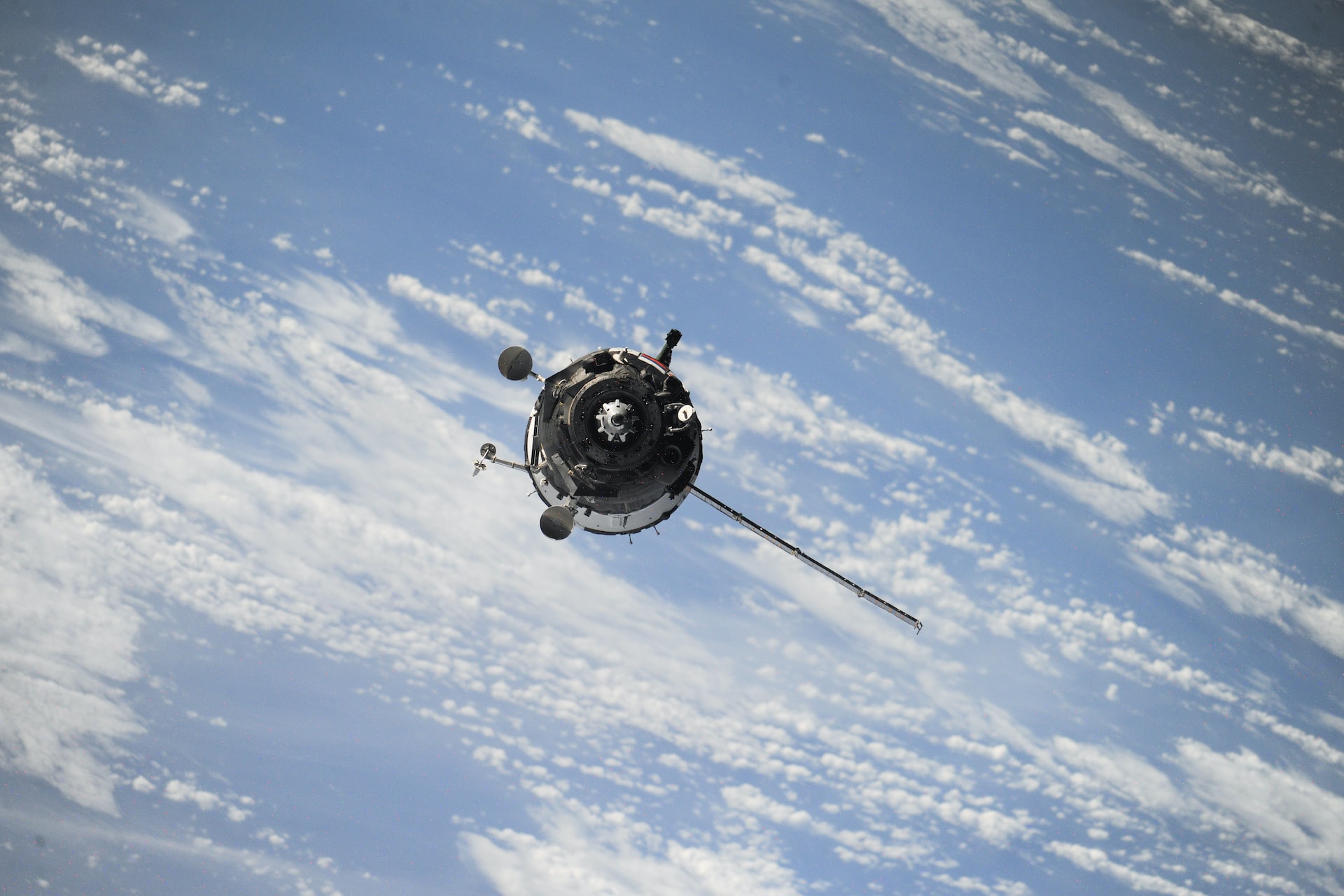The Effects Of Space Radiation On Human Health

Space radiation, including galactic cosmic rays and solar energetic particles, poses a significant risk to human health during long-duration spaceflight missions. The intense radiation and lack of a protective atmosphere in space can cause damage to the human body, including cancer, cognitive impairment, and cardiovascular disease.
Types of Space Radiation
Space radiation is made up of different types of particles, including protons, alpha particles, and heavy ions. Galactic cosmic rays (GCRs) are made up of high-energy protons and heavy ions that originate from outside our solar system. Solar energetic particles (SEPs) are made up of protons and heavy ions that are accelerated by solar flares and coronal mass ejections. These particles can travel at very high speeds and can have a high linear energy transfer (LET), which means they can cause more damage to cells and tissues.
Mechanisms of Injury
The high-energy particles in space radiation can cause damage to cells and tissues in the human body through various mechanisms. One mechanism is direct ionization, where the particles directly collide with and damage DNA in cells. Another mechanism is indirect ionization, where particles cause the release of secondary particles, such as free radicals, that can also damage DNA. Space radiation can also cause inflammation, leading to oxidative stress and cell death.
Current Research on Mitigating Risks
To mitigate the risks of space radiation on human health, current research focuses on developing shielding materials, radiation monitoring and measurement techniques, and countermeasures such as drugs and dietary supplements. Some researchers are also exploring the use of artificial intelligence and machine learning to predict and manage the risks of space radiation.
One promising approach is the use of active shielding, which involves creating a magnetic field to deflect or absorb radiation. Another approach is the use of passive shielding, which involves using materials such as water or aluminum to block or absorb radiation.
Space radiation poses a significant risk to human health during long-duration spaceflight missions. The types of radiation, mechanisms of injury, and current space travel. Despite the challenges, the potential benefits of human space exploration, including scientific discovery and economic benefits, make it important to continue to research and develop strategies to mitigate the risks of space radiation.
It is important to note that the effects of space radiation on human health not only concern astronauts but also satellite and other space system operators, who are also exposed to space radiation in the course of their work. Further research and development is necessary to better understand the effects of space radiation on human health and to develop effective strategies to protect those working in space-related industries.
In conclusion, the effects of space radiation on human health are a significant concern for human space exploration. Current research focuses on developing shielding materials, radiation monitoring, and measurement techniques, and countermeasures such as drugs and dietary supplements to mitigate the risks. Further research and development is necessary to better understand the effects of space radiation and to protect those working in space-related industries.
Resources:
- CDC: Cosmic Radiation
- Galactic Cosmic Rays | NOAA / NWS Space Weather Prediction Center
- Solar Energetic Particles (SEPs)
- https://www.ncbi.nlm.nih.gov/pmc/articles/PMC2474726/
- Oxidative Stress: Definition, Effects on the Body, and Prevention
- Radio Astronomical Tools for the Study of Solar Energetic Particles I. Correlations and Diagnostics of Impulsive Acceleration and Particle Propagation
- Solar energetic particles in the inner heliosphere: status and open questions | Philosophical Transactions of the Royal Society A
- Linear Energy Transfer – an overview | ScienceDirect Topics





